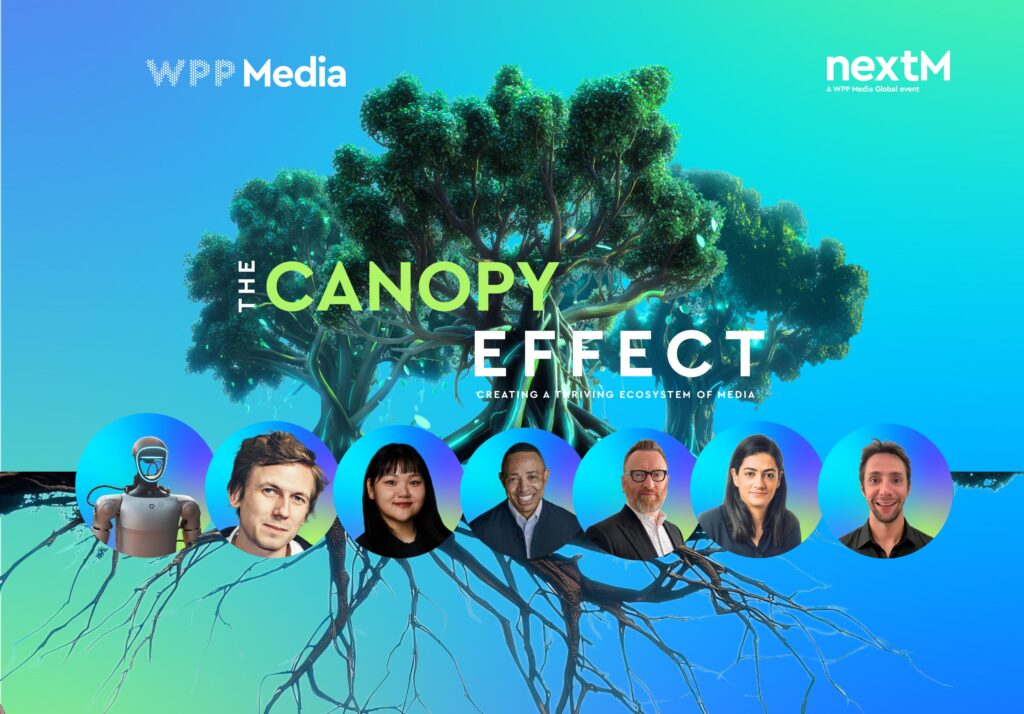Almost 30 years ago, the first clickable banner was displayed on the Internet. Over the years, the digital and marketing industries have evolved, but banner ads remain one of the best advertising channels. Programmatic (especially in retargeting) is leading the charge by enabling ad buying automation and personalized displays based on their behaviour. Tomasz Wnuk, GM for Middle East and Africa at RTB House, shares his thoughts about retargeting and explains how the 100 milliseconds between a bid request and an ad display make campaigns extremely efficient.
The full potential of retargeting occurs in a tiny fraction of time. Within this time, plenty of analysis and decisions must be made; from reviewing the user’s history and estimating potential, making a decision about the price of ad space to buy, and finally which creatives to use, and which unique products to display.
However, Real Time Bidding (RTB) is a technology used not only for retargeting but also for real-time buying and selling online ads in general. This process is based on auctioning, where advertisers ‘decide’ how much they are willing to pay for an ad view. This bidding process is fully automated, with the entire purchase process taking approximately 100 milliseconds – just before the web page is loaded on a user’s screen. With such little time, it is crucial to have an innovative ad technology on your side.
How RTB Works
Several processes occur before an ad is displayed. The whole procedure of selling and buying placement begins with a user initiating a visit to the publisher’s website. This activates bid requests for the specific ad placements.
To start the auction the publisher is sharing important information about the user (geolocation, device type, etc.). In the next step, the publisher is offering the placements to the ad exchanges, which then pass on information about accessible placements to their DSP partners.
DSPs first evaluate value and risk of buying an ad placement based on all available data and historic data about the inventory (CTR, viewability, etc.). Then, they review advertisers’ running campaigns and assess which will be the best fit for this user.
An important part of this assessment is also brand safety filtering, which prevents ads from being served on websites or next to content that is offensive or may have negative effects from the advertisers’ brand-safety policies perspective.
After evaluation, DSPs inform the chosen advertisers about the user and available placements. Following which, advertisers decide about the price they are willing to pay for the auctioned ad display. This is also the only time to prepare the creative by choosing the right format, selecting a specific design template and product offer.
After price estimation and with the creation ready, it’s time for supply-path optimization. Market standard nowadays is that the publishers cooperate with approximately six platforms and that is why buyers need to decide where to buy the placement i.e. on the open market auction or in the private market place, to optimize their costs.
After round of decisions the DSPs place bids on behalf of the advertisers. Together with bid offers, they send the ready creatives. Finally, just about 100 milliseconds after the bid request, the auction is settled, and the winner’s creation is being placed and loaded together with the whole page the user is visiting.
Why? Efficiency
Even though there are some challenges facing advertisers in the RTB model, it brings great results in terms of cost and time efficiency. First, there is more control over targeting. Each placement is evaluated separately, which allows advertisers to allocate budgets more efficiently. Within the process, advertisers can choose from thousands of publishers’ offers and decide which placements have the biggest potential. Brand safety filters also help to avoid placements that can result in brand image damage.
For marketers’ daily work, the RTB model is a smart way to reduce the time spent on negotiations with publishers and managing a variety of contracts. Moreover, automated, self-learning algorithms are also able to try various scenarios and formats, analyze overall results and adjust or optimize campaigns automatically.
Based on RTB House data, we observed a 50 percent increase in the efficiency of campaigns after implementing deep learning in all of our algorithms. That is why, in order to use the full potential of RTB model and to meet strict deadlines during each auction, DSPs need to be equipped with the best available technologies that ensure fast and efficient operations.
Summary
According to Statista’s latest programmatic forecast, in 2019 almost $85 billion will be spent on programmatic advertising worldwide. With most of the money being spent in the automatic environment, the results of campaigns are the most significant aspect for brands. At the end of the day, all advertisers review their campaigns in terms of their overall effectiveness.
In the RTB model, advertisers only have 100 milliseconds to make the ad effective – from receiving a bid request, to displaying an ad with personalized message and offer. In this time, with so many crucial decisions to make, it is important to have a trusted partner that uses the most sophisticated technology to bring advertisers the best results. This takes the burden of making decisions away from the advertiser and gives it to autonomous algorithms that can incessantly analyze huge amounts of data in order to make ads and perfectly tailored decisions to satisfy a user’s needs.





